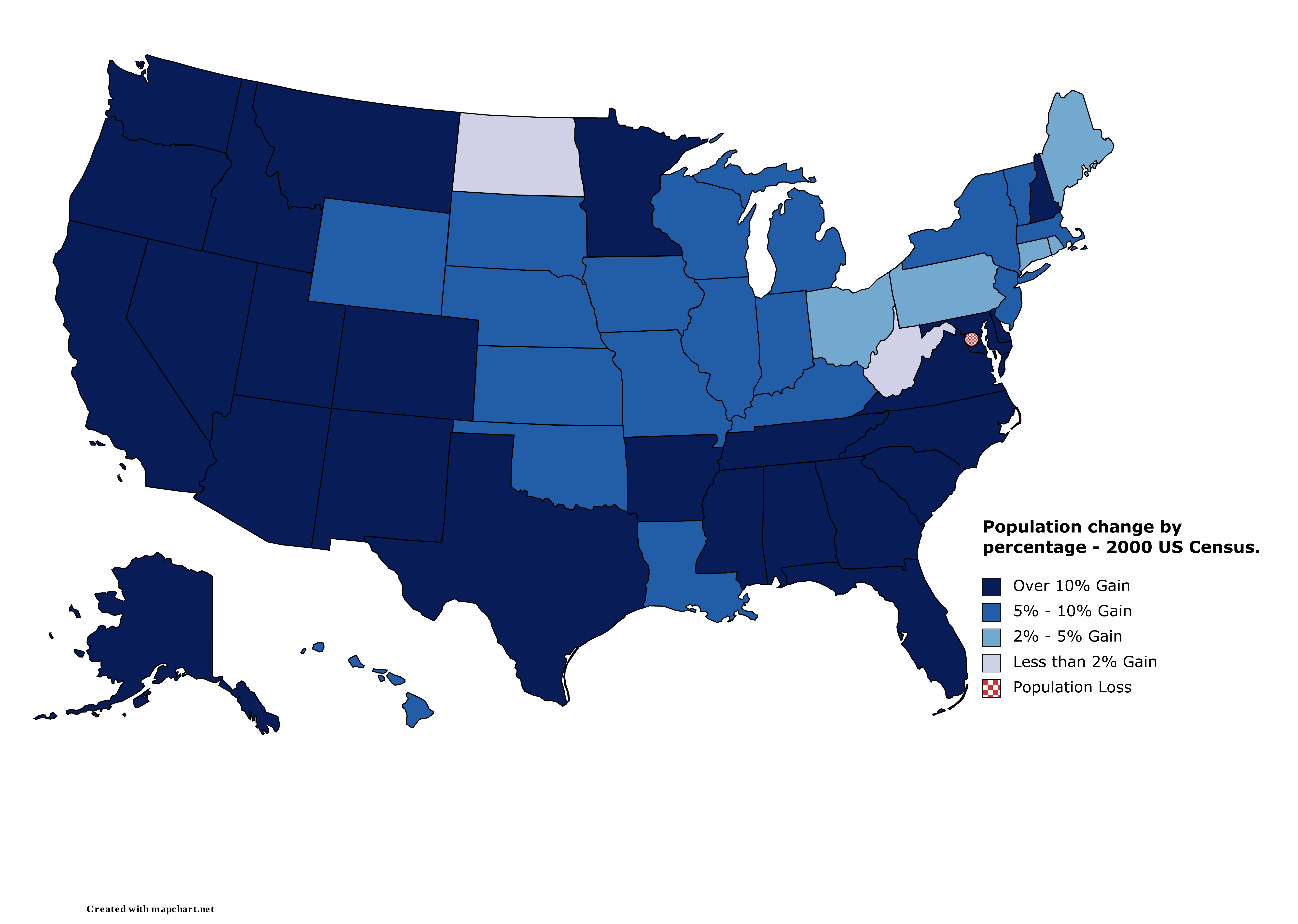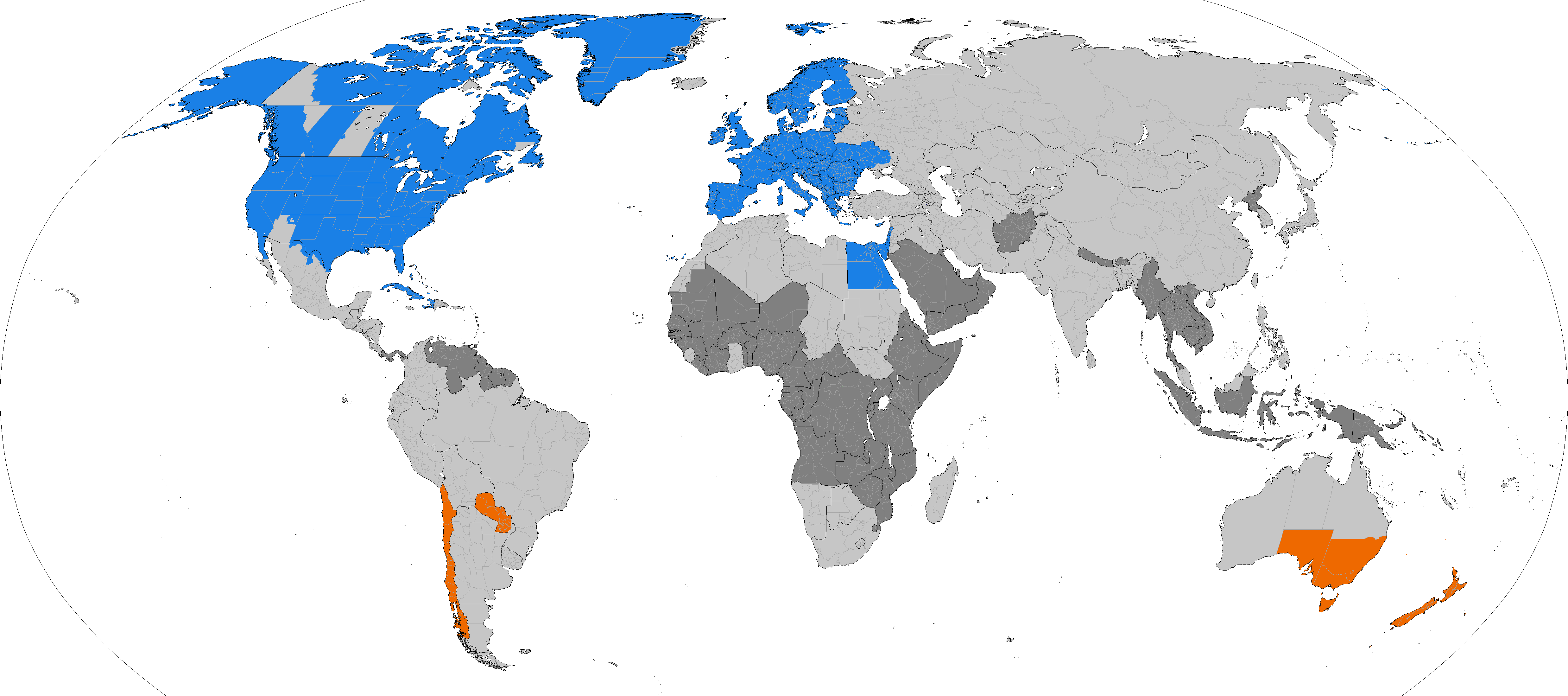|
Stanfield, Arizona
Stanfield () is a census-designated place (CDP) in Pinal County, Arizona, United States. The population was 651 at the 2000 census. Shamrock Farms operates a farm in Stanfield. Geography Stanfield is located at (32.881612, -111.963473). According to the United States Census Bureau, the CDP has a total area of , all land. Demographics At the 2000 census there were 651 people, 187 households, and 146 families living in the CDP. The population density was . There were 202 housing units at an average density of . The racial makeup of the CDP was 50.7% White, 4.0% Black or African American, 11.4% Native American, 0.9% Pacific Islander, 30.9% from other races, and 2.2% from two or more races. 61.6% of the population were Hispanic or Latino of any race. Of the 187 households 37.4% had children under the age of 18 living with them, 44.9% were married couples living together, 23.5% had a female householder with no husband present, and 21.9% were non-families. 17.1% of hou ... [...More Info...] [...Related Items...] OR: [Wikipedia] [Google] [Baidu] |
Census-designated Place
A census-designated place (CDP) is a concentration of population defined by the United States Census Bureau for statistical purposes only. CDPs have been used in each decennial census since 1980 as the counterparts of incorporated places, such as self-governing cities, towns, and villages, for the purposes of gathering and correlating statistical data. CDPs are populated areas that generally include one officially designated but currently unincorporated community, for which the CDP is named, plus surrounding inhabited countryside of varying dimensions and, occasionally, other, smaller unincorporated communities as well. CDPs include small rural communities, edge cities, colonias located along the Mexico–United States border, and unincorporated resort and retirement communities and their environs. The boundaries of any CDP may change from decade to decade, and the Census Bureau may de-establish a CDP after a period of study, then re-establish it some decades later. Mo ... [...More Info...] [...Related Items...] OR: [Wikipedia] [Google] [Baidu] |
Federal Information Processing Standard
The Federal Information Processing Standards (FIPS) of the United States are a set of publicly announced standards that the National Institute of Standards and Technology (NIST) has developed for use in computer systems of non-military, American government agencies and contractors. FIPS standards establish requirements for ensuring computer security and interoperability, and are intended for cases in which suitable industry standards do not already exist. Many FIPS specifications are modified versions of standards the technical communities use, such as the American National Standards Institute (ANSI), the Institute of Electrical and Electronics Engineers (IEEE), and the International Organization for Standardization (ISO). Specific areas of FIPS standardization The U.S. government has developed various FIPS specifications to standardize a number of topics including: * Codes, e.g., FIPS county codes or codes to indicate weather conditions or emergency indications. In 1994, N ... [...More Info...] [...Related Items...] OR: [Wikipedia] [Google] [Baidu] |
Race And Ethnicity In The United States Census
Race and ethnicity in the United States census, defined by the federal Office of Management and Budget (OMB) and the United States Census Bureau, are the self-identified categories of race or races and ethnicity chosen by residents, with which they most closely identify, and indicate whether they are of Hispanic or Latino origin (the only categories for ethnicity). The racial categories represent a social-political construct for the race or races that respondents consider themselves to be and, "generally reflect a social definition of race recognized in this country." OMB defines the concept of race as outlined for the U.S. census as not "scientific or anthropological" and takes into account "social and cultural characteristics as well as ancestry", using "appropriate scientific methodologies" that are not "primarily biological or genetic in reference." The race categories include both racial and national-origin groups. Race and ethnicity are considered separate and dist ... [...More Info...] [...Related Items...] OR: [Wikipedia] [Google] [Baidu] |
United States Census Bureau
The United States Census Bureau (USCB), officially the Bureau of the Census, is a principal agency of the U.S. Federal Statistical System, responsible for producing data about the American people and economy An economy is an area of the production, distribution and trade, as well as consumption of goods and services. In general, it is defined as a social domain that emphasize the practices, discourses, and material expressions associated with t .... The Census Bureau is part of the United States Department of Commerce, U.S. Department of Commerce and its Director of the United States Census Bureau, director is appointed by the President of the United States. The Census Bureau's primary mission is conducting the United States census, U.S. census every ten years, which allocates the seats of the U.S. House of Representatives to the U.S. state, states based on their population. The bureau's various censuses and surveys help allocate over $675 billion in federal funds e ... [...More Info...] [...Related Items...] OR: [Wikipedia] [Google] [Baidu] |
Shamrock Farms
Shamrock Farms is a dairy company in Phoenix, Arizona, United States. Its mascot is a cow named "Roxie." Founded in 1922, Shamrock Farms is the largest family-owned and operated dairy in the Southwest. It produces and distributes a full line of dairy products. It is owned by the McClelland family. Mmmmilk brand Mmmmilk is a well known milk brand distributed by Shamrock Farms in the Southwestern United States. The milk brand is produced in Arizona. Shamrock Farms sponsors the Arizona Diamondbacks, and some of their bottles have featured Diamondback players such as Mark Grace and Luis Gonzalez.* Shamrock Foods also provides commercial foodservice. Shamrock Mmmmilks are made in the following flavors: Mmmmilk *Whole White *2% Reduced Fat White *1% Low Fat White *Fat Free Plus Calcium White *Vanilla (2%) *Chocolate (2%, Whole) *Strawberry (2%) *No Sugar Added 1% Chocolate *Orange Cream Cold Brew Coffee and Milk: *Original *Vanilla *Moch See also * List of dairy product compan ... [...More Info...] [...Related Items...] OR: [Wikipedia] [Google] [Baidu] |
2000 United States Census
The United States census of 2000, conducted by the Census Bureau, determined the resident population of the United States on April 1, 2000, to be 281,421,906, an increase of 13.2 percent over the 248,709,873 people enumerated during the 1990 census. This was the twenty-second federal census and was at the time the largest civilly administered peacetime effort in the United States. Approximately 16 percent of households received a "long form" of the 2000 census, which contained over 100 questions. Full documentation on the 2000 census, including census forms and a procedural history, is available from the Integrated Public Use Microdata Series. This was the first census in which a state – California – recorded a population of over 30 million, as well as the first in which two states – California and Texas – recorded populations of more than 20 million. Data availability Microdata from the 2000 census is freely available through the Integrated Public Use Microdata S ... [...More Info...] [...Related Items...] OR: [Wikipedia] [Google] [Baidu] |
Census-designated Place
A census-designated place (CDP) is a concentration of population defined by the United States Census Bureau for statistical purposes only. CDPs have been used in each decennial census since 1980 as the counterparts of incorporated places, such as self-governing cities, towns, and villages, for the purposes of gathering and correlating statistical data. CDPs are populated areas that generally include one officially designated but currently unincorporated community, for which the CDP is named, plus surrounding inhabited countryside of varying dimensions and, occasionally, other, smaller unincorporated communities as well. CDPs include small rural communities, edge cities, colonias located along the Mexico–United States border, and unincorporated resort and retirement communities and their environs. The boundaries of any CDP may change from decade to decade, and the Census Bureau may de-establish a CDP after a period of study, then re-establish it some decades later. Mo ... [...More Info...] [...Related Items...] OR: [Wikipedia] [Google] [Baidu] |
Geographic Names Information System
The Geographic Names Information System (GNIS) is a database of name and locative information about more than two million physical and cultural features throughout the United States and its territories, Antarctica, and the associated states of the Marshall Islands, Federated States of Micronesia, and Palau. It is a type of gazetteer. It was developed by the United States Geological Survey (USGS) in cooperation with the United States Board on Geographic Names (BGN) to promote the standardization of feature names. Data were collected in two phases. Although a third phase was considered, which would have handled name changes where local usages differed from maps, it was never begun. The database is part of a system that includes topographic map names and bibliographic references. The names of books and historic maps that confirm the feature or place name are cited. Variant names, alternatives to official federal names for a feature, are also recorded. Each feature receives ... [...More Info...] [...Related Items...] OR: [Wikipedia] [Google] [Baidu] |
Area Code 520
Area code 520 is a telephone area code in the North American Numbering Plan (NANP) for the U.S. state of Arizona. The numbering plan area comprises Tucson and most of the southeastern part of the state. Area code 520 was created in a split from area code 602 on March 19, 1995. Previously, 602 had been the sole area code for the entire state of Arizona since the introduction of area codes in 1947 until Arizona's rapid expansion during the second half of the 20th century, and the proliferation of mobile and data communication services in the 1990s required additional numbering resources. History Originally, 520 encompassed the entire state outside the Phoenix metropolitan area, as well as a few outer portions of western and southern Maricopa County. It completely surrounded 602, which was retained by most of the Phoenix area. Within two years of its creation, however, 520 was already close to exhaustion due to the rapid growth of the Tucson area (and to a lesser extent Yuma and ... [...More Info...] [...Related Items...] OR: [Wikipedia] [Google] [Baidu] |
Pinal County, Arizona
Pinal County is in the central part of the U.S. state of Arizona. According to the 2020 census, the population of the county was 425,264, making it Arizona's third-most populous county. The county seat is Florence. The county was founded in 1875. Pinal County contains parts of the Tohono Oʼodham Nation, the Gila River Indian Community and the San Carlos Apache Indian Reservation, as well as all of the Ak-Chin Indian Community. Pinal County is included in the Phoenix– Mesa– Scottsdale, Arizona Metropolitan Statistical Area. Suburban growth southward from greater Phoenix has begun to spread into the county's northern parts; similarly, growth northward from Tucson is spreading into the county's southern portions. Pinal County has five cities: Maricopa, Casa Grande, Apache Junction, Eloy, and Coolidge. There are also many unincorporated areas, which have shown accelerated growth patterns in recent years; such suburban development is likely to continue for the foresee ... [...More Info...] [...Related Items...] OR: [Wikipedia] [Google] [Baidu] |
Daylight Savings Time
Daylight saving time (DST), also referred to as daylight savings time or simply daylight time (United States, Canada, and Australia), and summer time (United Kingdom, European Union, and others), is the practice of advancing clocks (typically by one hour) during warmer months so that darkness falls at a later clock time. The typical implementation of DST is to set clocks forward by one hour in the spring (" spring forward"), and to set clocks back by one hour in the fall (" fall back") to return to standard time. As a result, there is one 23-hour day in early spring and one 25-hour day in the middle of autumn. The idea of aligning waking hours to daylight hours to conserve candles was first proposed in 1784 by U.S. polymath Benjamin Franklin. In a satirical letter to the editor of ''The Journal of Paris'', Franklin suggested that waking up earlier in the summer would economize on candle usage; and calculated considerable savings. In 1895, New Zealand entomologist and astronom ... [...More Info...] [...Related Items...] OR: [Wikipedia] [Google] [Baidu] |




